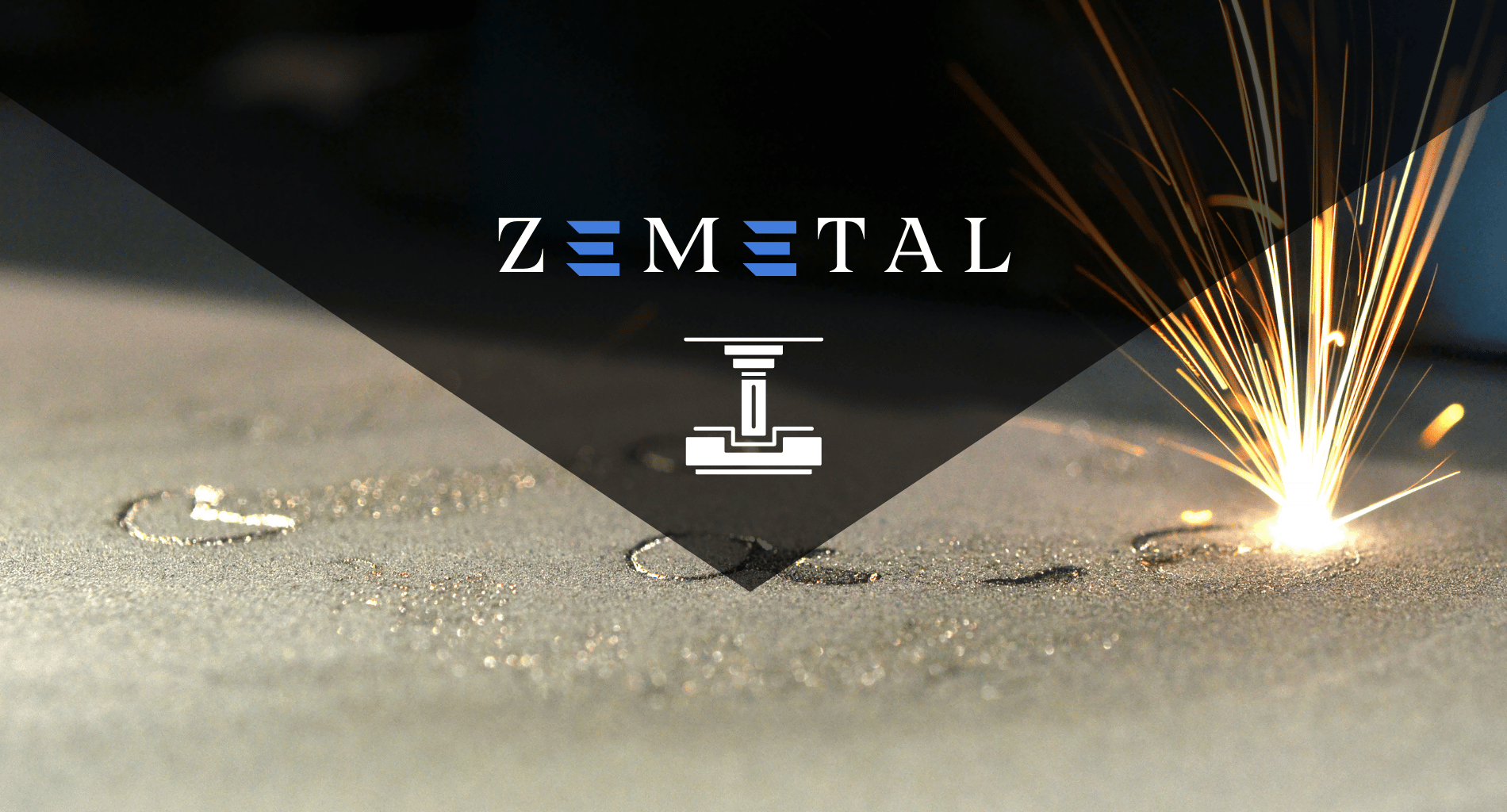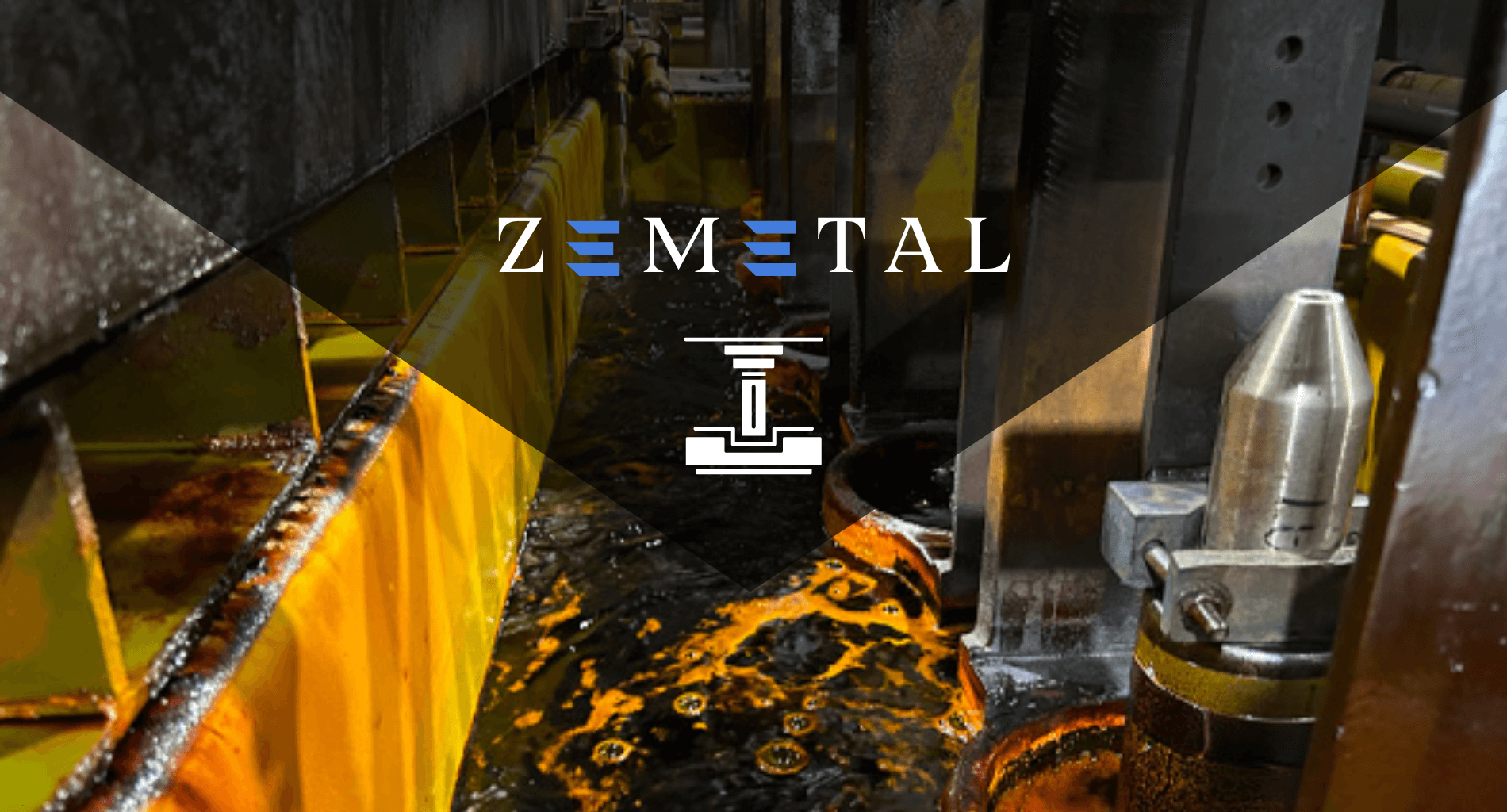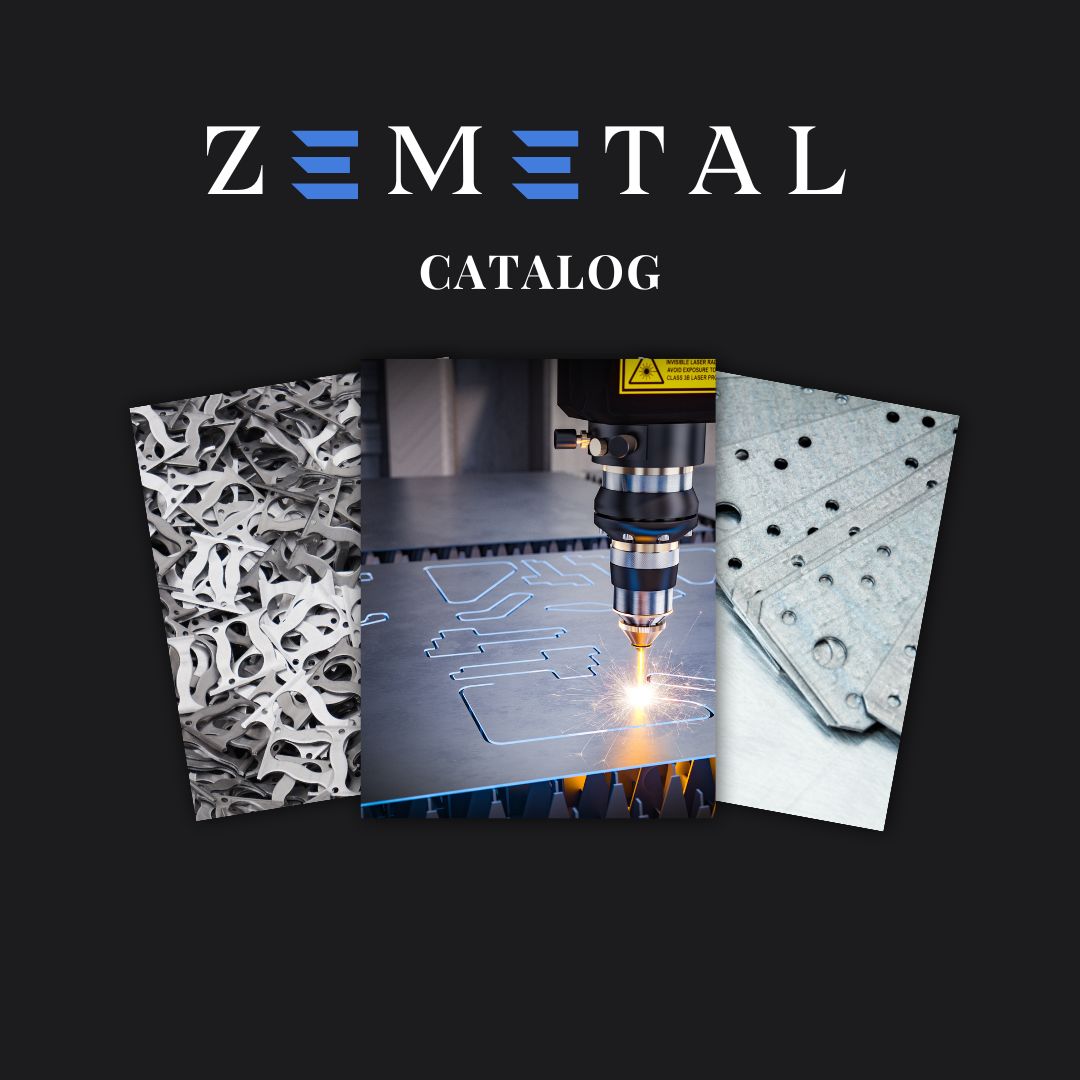Are you maximizing the potential of your products with high-quality materials and cutting-edge techniques? Aluminum sheet metal fabrication is a critical process shaping industries around the globe, offering durability and efficiency.
My expertise in metal fabrication spans over years of hands-on experience and in-depth industry knowledge. I’ve witnesses businesses excel with the help of metal fabrication services.
Aluminum sheet metal fabrication stands out for its adaptability and efficiency in a range of applications. Its unique properties make it a go-to choice for many sectors.
In this guide, we’ll delve into the technicalities of aluminum sheet metal fabrication. You’ll learn about its properties, benefits, challenges, and the trends of this process.
Read on to unlock the potential of aluminum in your business operations.
1. Understanding Aluminum Sheet Metal Fabrication
Aluminum sheet metal fabrication is the art of shaping and molding aluminum into functional products. This process involves cutting, bending, and assembling to meet precise specifications. Its popularity stems from aluminum’s excellent properties, like lightness and strength. Understanding this process is key to exploiting these benefits effectively.
The fabrication process begins with design and moves through various stages until the final product is realized. Each step requires precision and a deep understanding of aluminum’s behavior. Businesses that grasp these nuances can create superior and more durable products. Consequently, a thorough understanding can significantly impact product quality and manufacturing efficiency.
2. Advantages of Aluminum in Fabrication
Moving from understanding aluminum sheet metal fabrication, let’s delve into its inherent advantages that make it a preferred choice in the metal fabrication industry. Here are the key benefits aluminum brings to the table:
Lightweight Nature
Aluminum is significantly lighter than many other metals, making it an ideal choice for applications where weight is a critical factor. Its lightweight nature contributes to lower shipping costs and easier handling during fabrication. In industries like automotive and aerospace, this can lead to improved fuel efficiency and performance.
Corrosion Resistance
As Precedence Research reported that the aluminum market is expected to reach $286.07 billion by 2032, its inherent corrosion resistance becomes increasingly significant. This natural formation of a protective oxide layer when exposed to air is crucial for shielding materials from rust and degradation, particularly in corrosive environments, ensuring the longevity and durability of fabricated products in a rapidly expanding market.
High Strength-to-Weight Ratio
Despite its lightness, aluminum offers remarkable strength. This strength-to-weight ratio is crucial for structures needing to be both lightweight and strong. For example, in the construction of a high-speed train, aluminum provides the necessary strength without adding excessive weight. Leverage aluminum’s unique blend of lightness and strength to elevate your projects, from agile vehicles to resilient structures.
Conductivity
Aluminum is an excellent conductor of heat and electricity. Its conductivity is about twice that of copper, making it invaluable in electrical and thermal applications. From power lines to cooling systems, aluminum conductivity is a key asset. This remarkable efficiency of aluminum power and cool projects, driving performance to new heights.
3. Fabrication Techniques for Aluminum Sheet Metal
Exploring the advantages of aluminum in fabrication leads us to the specific techniques best suited for manipulating this versatile metal. Here’s a look at the precise methods used in this process:
Laser Cutting
Laser cutting is a precise and efficient technique for cutting aluminum sheets. It uses a high-powered laser to melt the metal, creating clean and accurate cuts. This method is ideal for intricate designs and is widely used in industries where precision is paramount, such as aerospace and electronics. Fabricators like Zemetal utilize laser cutting techniques to achieve precise results in their sheet metal fabrication projects.
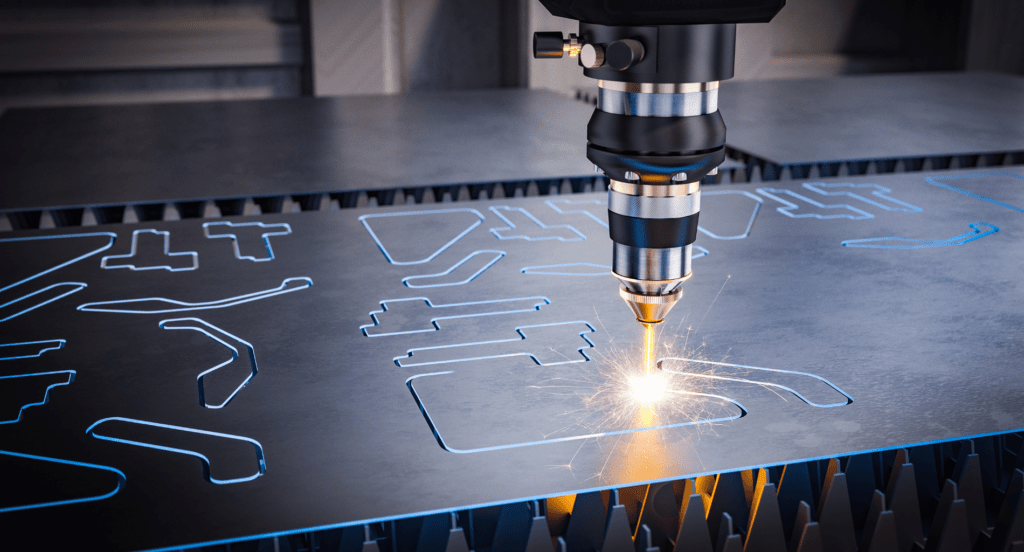
Stamping
Stamping involves pressing a die into the aluminum sheet to create a specific shape or pattern. This method is efficient for high-volume production and is commonly used for making components like panels, brackets, and enclosures. Stamping allows for complex shapes to be formed with high repeatability and speed.
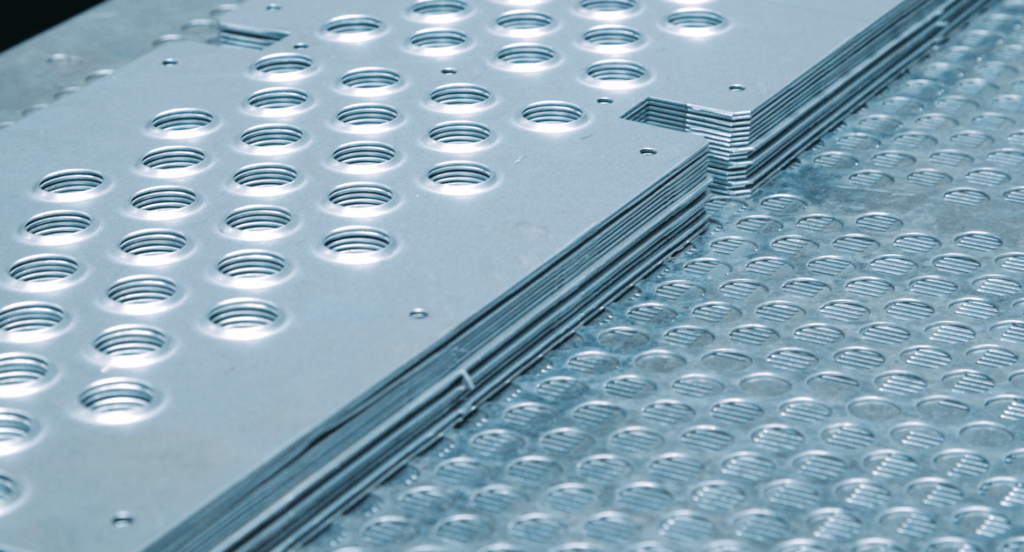
Punching
Punching is a process where a punch press forces a tool, called a punch, through the aluminum sheet to create a hole. It’s a fast and cost-effective method for creating holes of various shapes and sizes. In the manufacturing of HVAC systems, for example, punching is used to create ventilation holes in aluminum sheets.
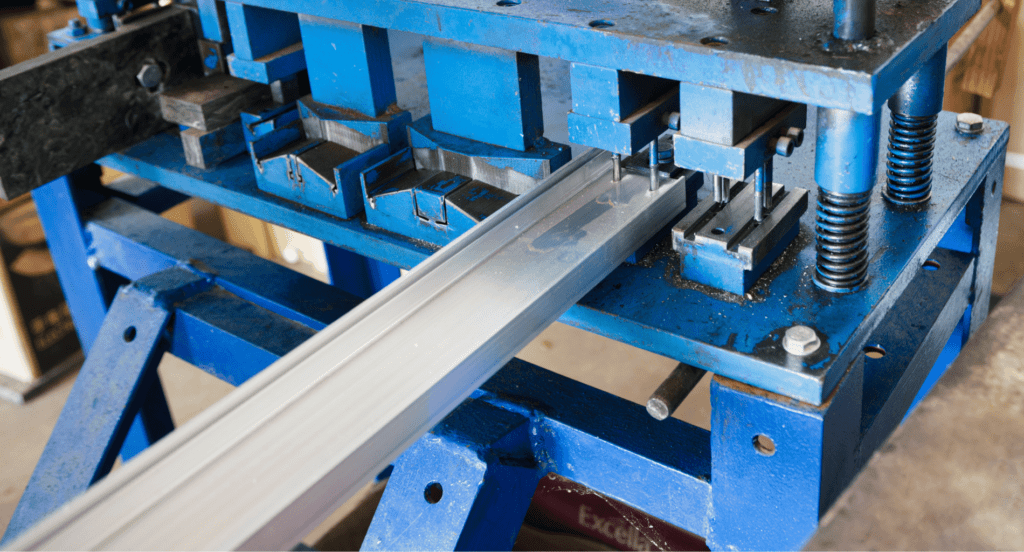
Bending and Forming
Bending and forming reshape the aluminum sheet without removing any material. Common techniques include brake pressing, where the sheet is placed over a die and pressed into shape with a punch. This method is essential for creating components with specific angles, such as casings and chassis for machinery. Transform raw sheets into intricate designs with bending and forming, giving life to your visions with precision and flair.
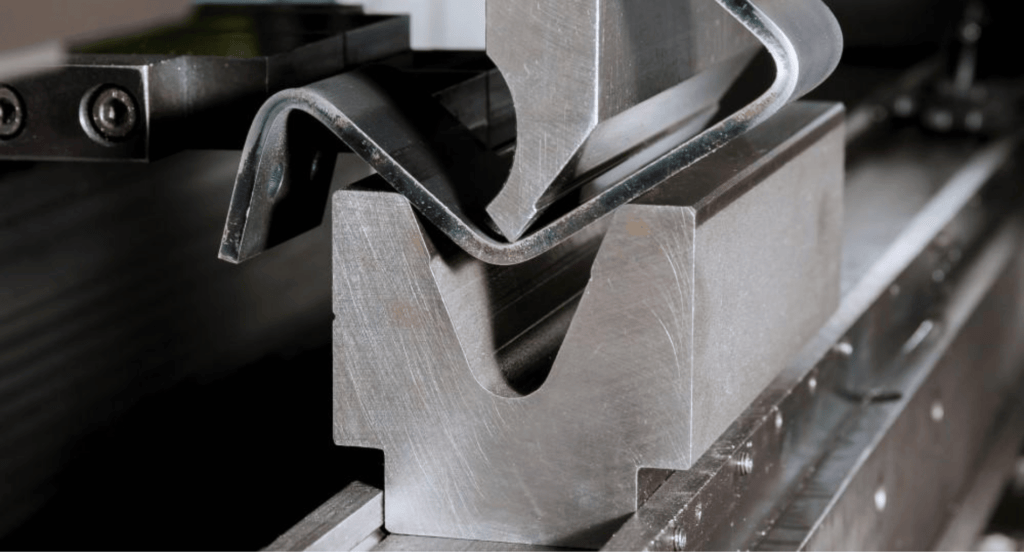
4. Key Processes in Aluminum Sheet Metal Fabrication
Transitioning from the specific techniques used in aluminum sheet metal fabrication, let’s explore the key processes that form a step-by-step guide through the fabrication journey. Here’s a detailed discussion of its steps:
Step#1 Design and Prototyping
Before any physical work begins, the design and prototyping stage is where ideas take shape. Here, engineers and designers use software to create detailed blueprints of the final product. Prototyping, often done with 3D printing or small-scale models, allows for the testing of design feasibility and functionality. This crucial step ensures any issues are addressed before mass production.
Step#2 Material Selection and Preparation
Choosing the right grade and thickness of aluminum sheet is vital for the project’s success. Once selected, the material undergoes preparation, which may include cleaning and applying treatments to enhance its properties. This preparation ensures the aluminum is in the best possible condition for fabrication, reducing potential issues like contamination or material defects.
Step#3 Cutting and Shaping
After preparation, the aluminum sheet is cut and shaped according to the design specifications. This may involve techniques like laser cutting, punching, or stamping, each chosen based on the complexity and precision required. The goal is to accurately create the basic outline of the part, ready for further refinement and assembly.
Step#4 Assembly and Joining
Once the pieces are cut and shaped, they’re assembled and joined together. Techniques such as welding, riveting, or adhesive bonding are used depending on the design’s requirements and the properties needed in the final product. Zemetal ensures that this process should be carefully managed to maintain the integrity and strength of their fabricated aluminum.
Step#5 Finishing and Quality Control
The final stage involves finishing the surface of the aluminum to enhance its appearance and resistance to environmental factors. Methods like anodizing, painting, or powder coating are commonly used. After finishing, the product undergoes rigorous quality control checks to ensure it meets all specifications and standards. Only after passing these checks is the product deemed complete and ready for use.
5. Industrial Applications of Aluminum Sheet Metal
From the detailed processes of aluminum sheet metal fabrication, we now turn to its widespread industrial applications. Here is the list of sectors where aluminum sheet metal is highly recognized:
Automotive Industry
In the automotive industry, aluminum sheet metal is revolutionizing vehicle design. It’s used to create lightweight, fuel-efficient vehicles without compromising safety. From body panels to engine components, aluminum’s corrosion resistance and durability make it an ideal choice for long-lasting, high-performance vehicles. As environmental regulations tighten, the demand for aluminum in this sector is only set to increase.
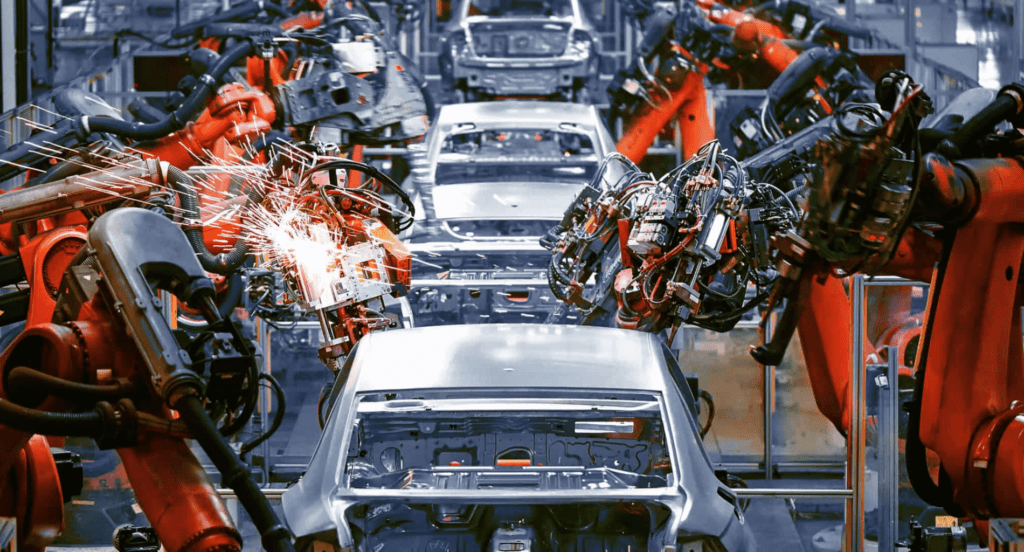
Aerospace and Aviation
The aerospace and aviation industries rely heavily on aluminum sheet metal for its excellent strength-to-weight ratio. Components like fuselage panels, wings, and support structures are commonly made from aluminum. Its ability to withstand extreme conditions and stresses during flight while keeping aircraft light is invaluable. This improves fuel efficiency and enhances the overall safety and performance of the aircraft.
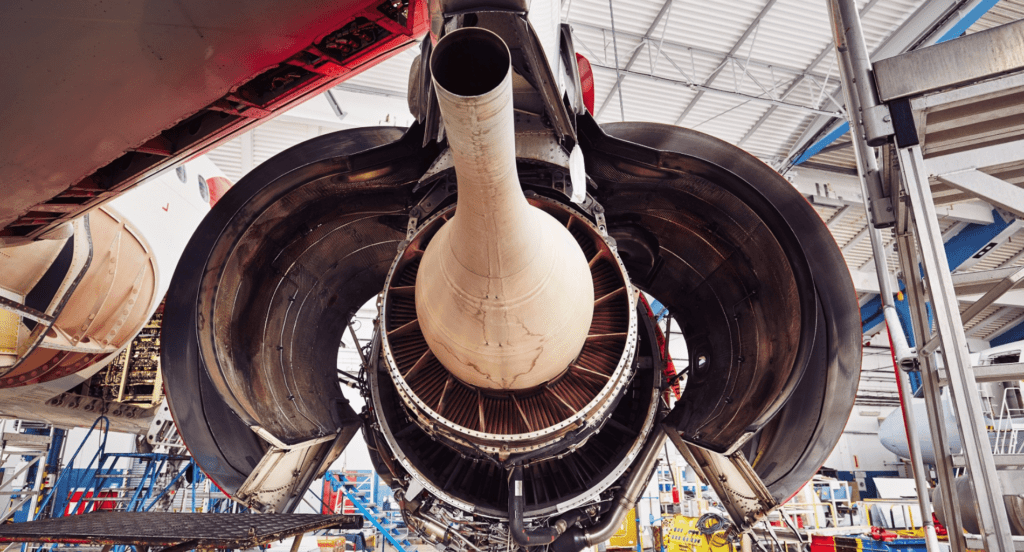
Construction and Architecture
In construction and architecture, aluminum sheet metal is favored for both its aesthetic and functional qualities. It’s used in roofing, siding, window frames, and structural supports. Aluminum’s resistance to corrosion and its lightweight nature make it perfect for modern, sustainable building designs. It allows for innovative structures that are both durable and visually appealing.

6. Challenges and Solutions in Aluminum Fabrication
While aluminum sheet metal is extensively used across industries due to its numerous benefits, fabricators often encounter specific challenges. Below is a detailed exploration of the hurdles and their solutions:
Thermal Distortion
During processes like welding, aluminum’s high thermal conductivity and low melting point can lead to warping or distortion. This makes achieving precision in fabrication challenging, especially for intricate designs. The material’s rapid heating and cooling can also lead to inconsistencies in the final product.
- Solution: Employing controlled welding techniques, like pre-heating and using specialized jigs to maintain alignment, can mitigate this issue.Additionally, using lower temperatures for shorter durations helps maintain the material’s integrity.
Material Reactivity
Aluminum reacts quickly with oxygen to form an oxide layer. While this layer provides corrosion resistance, it can interfere with welding, leading to weak joints. The reactivity also means aluminum is prone to scratching and marking, which can affect the aesthetic of the final product.
- Solution: Regularly cleaning the aluminum surfaces before fabrication and using inert gas during welding can prevent oxide formation. Protective coverings can also be used during handling to prevent scratches.
Tool Wear
The softness and stickiness of aluminum can lead to increased wear and tear on cutting tools. This not only affects the quality of the cut but also increases the maintenance and replacement costs. The buildup of aluminum on tools can also cause issues with precision and efficiency.
- Solution: Using tools coated with materials like titanium nitride can reduce wear and tear. Regular maintenance and choosing the right tool for the specific type of aluminum are also crucial for minimizing issues.
7. Emerging Trends in Aluminum Fabrication
Following the exploration of challenges and solutions, it’s essential to turn towards the emerging trends redefining the aluminum fabrication landscape. These innovations proactive strides into a more sustainable future. Here are the following trends:
Automation and Robotics
The integration of automation and robotics in aluminum fabrication is streamlining production like never before. These technologies ensure precision and consistency, reduce waste, and increase safety by taking over repetitive or dangerous tasks. As they become more sophisticated, they’re enabling smaller batch sizes and more customized production runs, offering a level of flexibility previously unattainable.
Additive Manufacturing
3D printing, or additive manufacturing, is transforming aluminum fabrication from the ground up. It allows for the creation of complex, precise structures with minimal waste, opening up new possibilities in design and engineering. This trend is particularly influential in industries where immediate solutions are the norm, such as aerospace and medical technology.
This table highlights the key features of additive manufacturing in aluminum fabrication, demonstrating its transformative impact on the efficiency, precision, and design possibilities in various industries, particularly aerospace and medical technology.
| Feature | Description | Impact on Industries |
| Complex Structure Creation | Allows for the design and fabrication of intricate shapes and details. | Enables more sophisticated designs in aerospace, automotive, and other sectors. |
| Precision | Achieves high levels of accuracy in the fabrication process. | Essential for industries like medical technology, where precision is critical. |
| Minimal Waste | Efficient use of materials, reducing waste produced during manufacturing. | Promotes sustainability and cost-effectiveness, beneficial across all industries. |
| Design Flexibility | Opens up new possibilities in design and engineering. | Enables innovative solutions in fields such as aerospace, automotive, and construction. |
| Speed and Efficiency | Rapid prototyping and production capabilities. | Particularly influential in sectors requiring immediate solutions, like aerospace and medical technology. |
Integration of Internet of Things (IoT)
The Internet of Things (IoT) is making its way into aluminum fabrication, allowing machinery and systems to communicate and operate more efficiently. Sensors and smart devices can monitor conditions in real-time and even adapt processes on the fly to optimize production. This connectivity not only boosts efficiency but also provides a wealth of data that can be used to further refine and improve the fabrication process.
Conclusion
In this comprehensive guide, we’ve navigated the multifaceted world of aluminum sheet metal fabrication, highlighting its key aspects, techniques, and emerging trends. This knowledge empowers businesses to make informed decisions and harness the full potential of aluminum in their operations.
For businesses seeking to delve deeper into aluminum sheet metal fabrication or to explore service options, Zemetal is your ideal partner. Discover how we can elevate your projects – contact us today to learn more.
Dive Deeper Into Our Resources
For some insightful reads, we’ve curated a list of recommended articles just for you:
Still haven’t found what you’re looking for? Don’t hesitate to contact us. We’re available around the clock to assist you.


